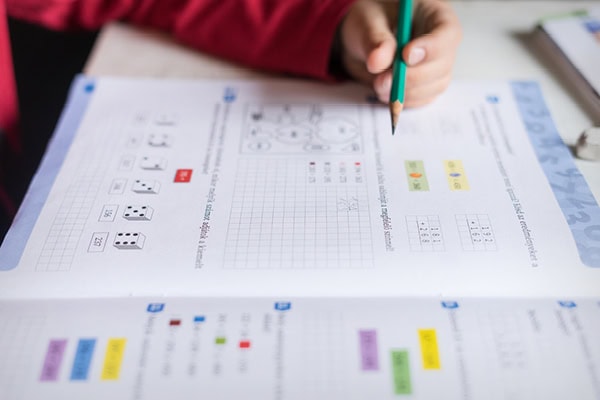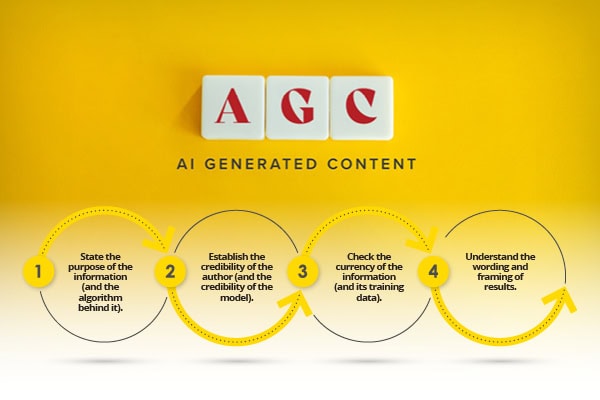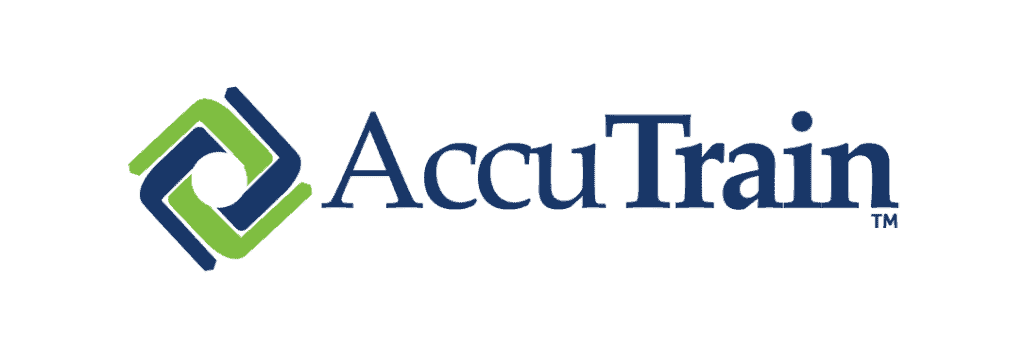Integrating data literacy lessons into early elementary school curriculum can be simple, since young children typically use data already without even realizing it, according to an article in K-12 Dive.
Latrenda Knighten, president of the National Council of Teachers of Mathematics, makes these points:
- Pre-K students can track the weather to see if it is sunny or cloudy, and then count up the number of sunny and rainy days.
- Young children should play an active role in data literacy lessons to make it an authentic experience.
- They can survey family members about their favorite TV show to collect data from home.
- Students can have peers ask questions about the data they’ve collected — and the results they’re presenting. They’re not just interpreting data but using critical thinking and problem solving.
- Today’s students need support with reading and interpreting data they may hear in a story or on TV.
Enrique Galindo, president of the Association of Mathematics Teacher Educators, adds these recommendations:
- Use a youngster’s natural curiosity about the world as a starting point for collecting data.
- Allow students to create questions or design surveys about topics that interest them.
- Students can make decisions about what data is needed to answer the question, how the data can be collected, and how can the data be organized and analyzed.
“We live in a data-driven world,” Knighten says. “The more experiences you have with those things empower students to make decisions important to them.”
We make so many decisions based on data, students need to be fluent in data literacy and data science to be prepared for today’s world,” Galindo says.
K-12 Dive





